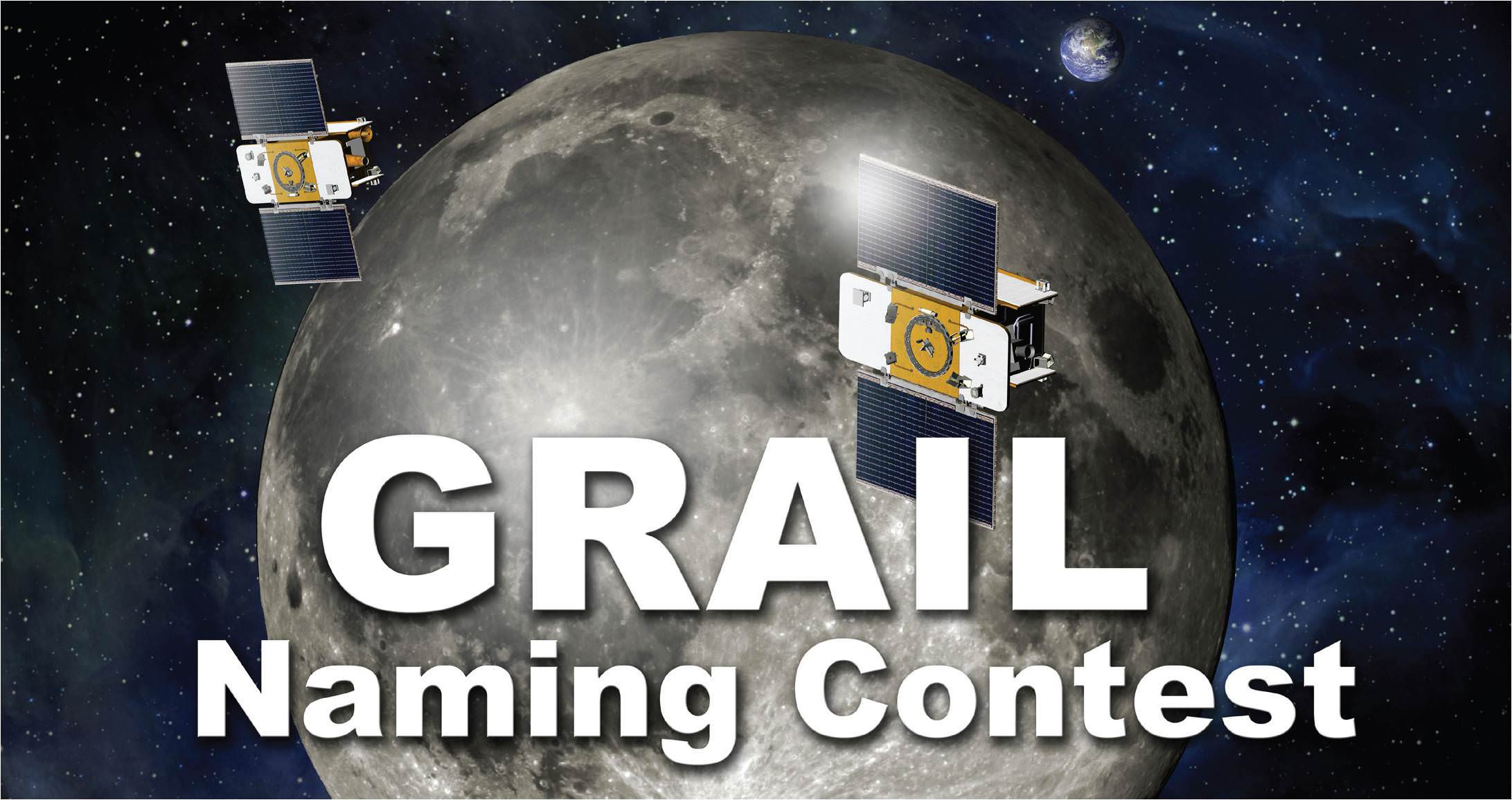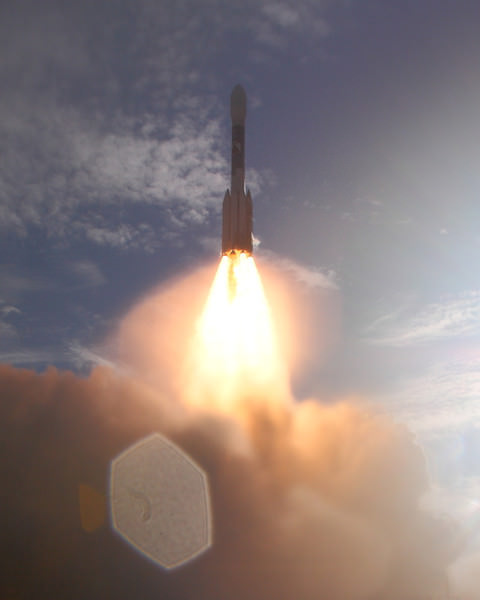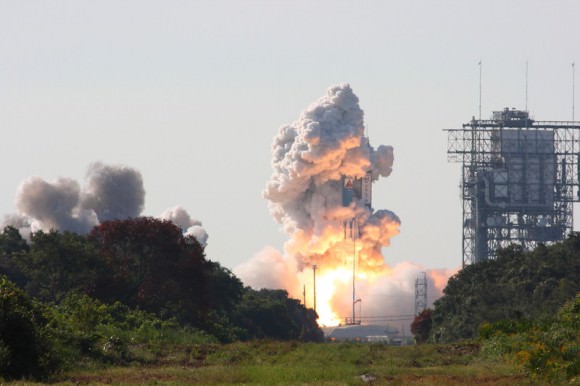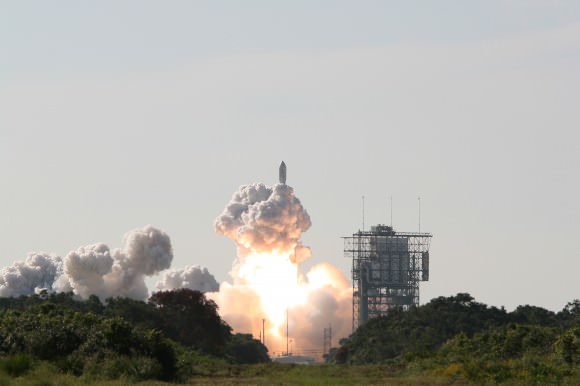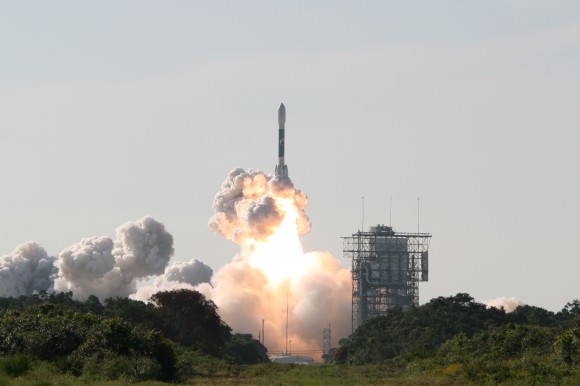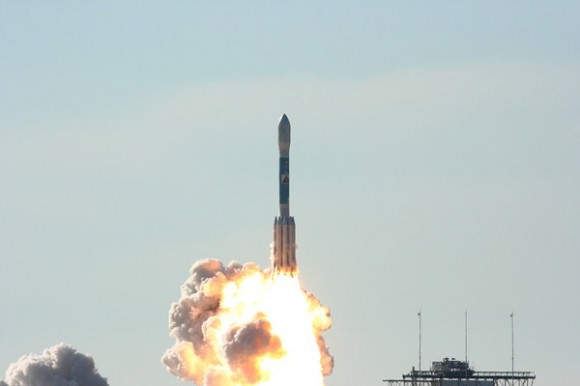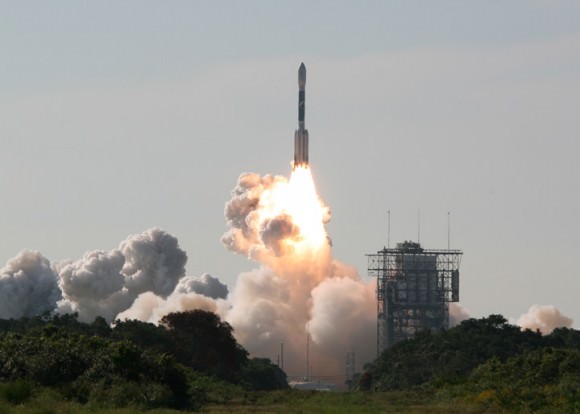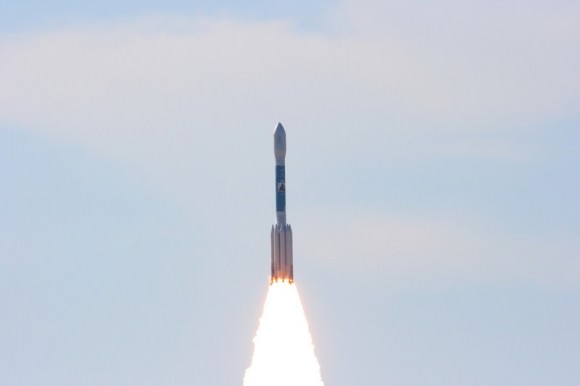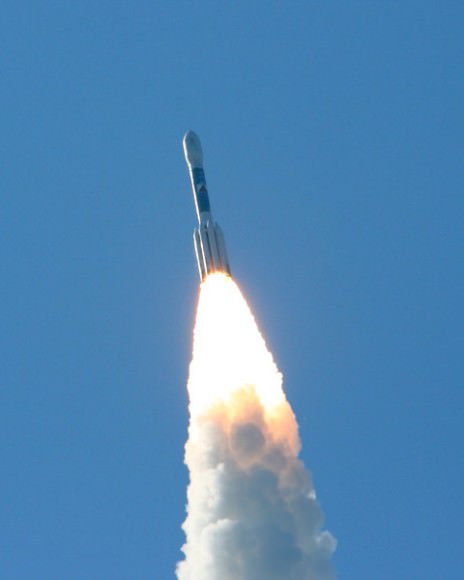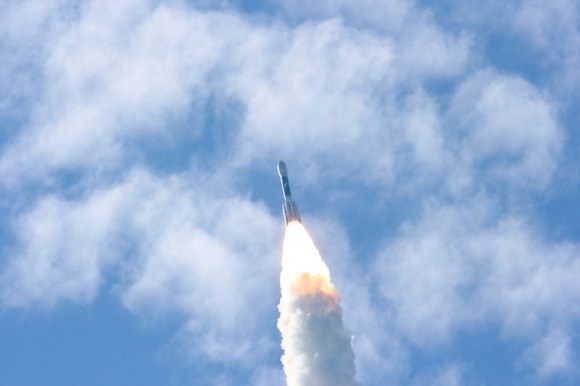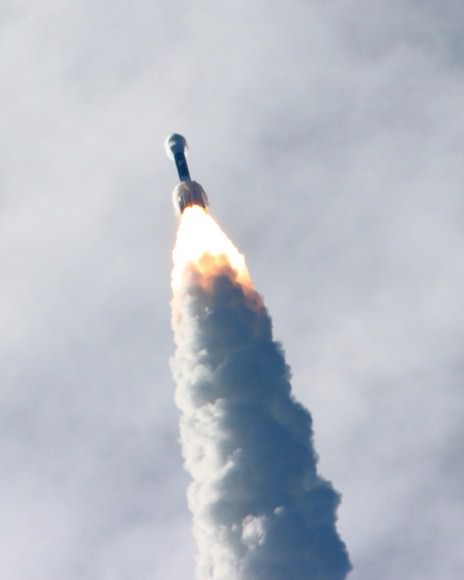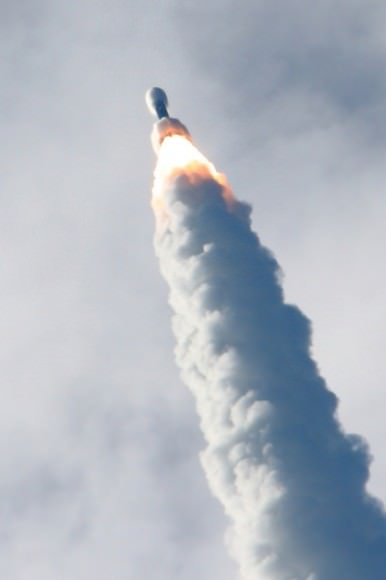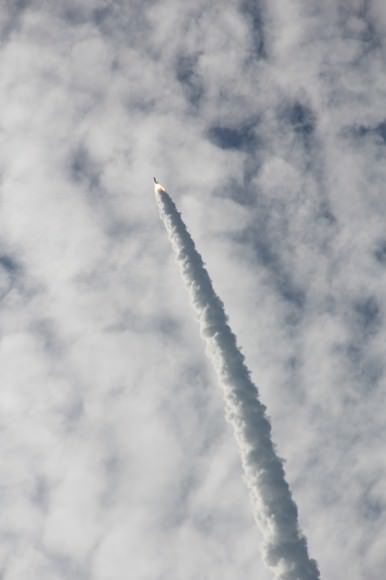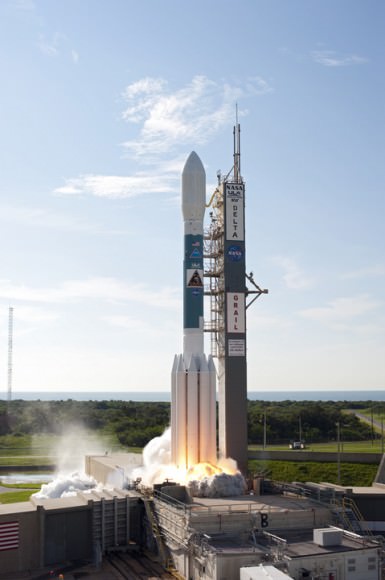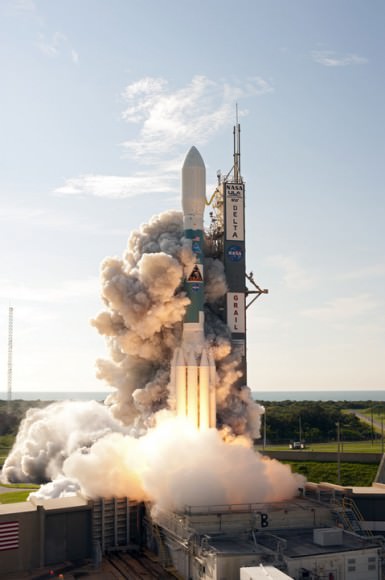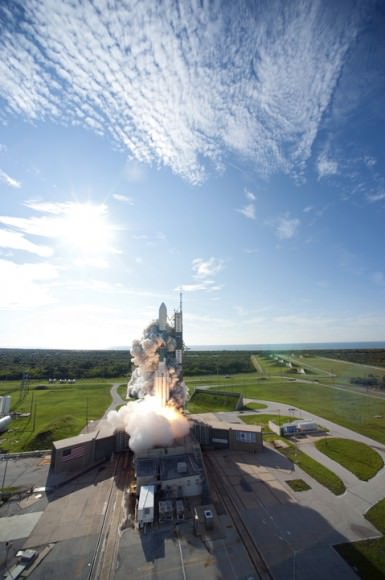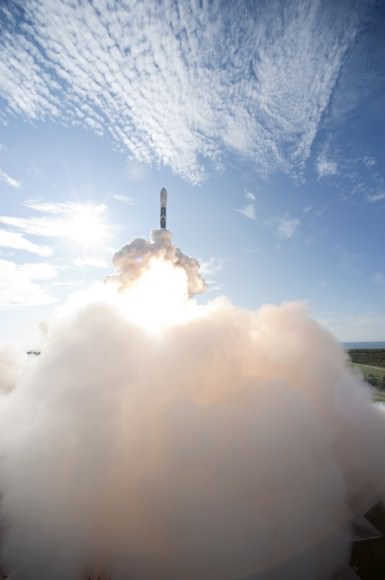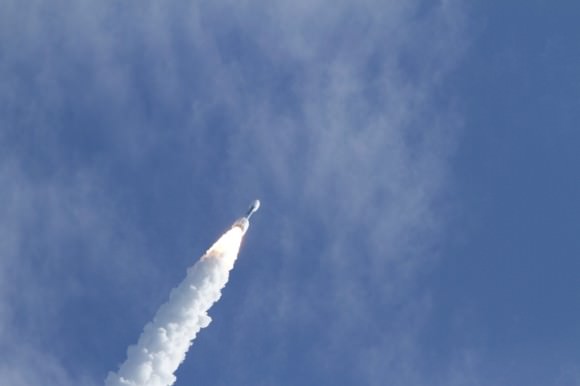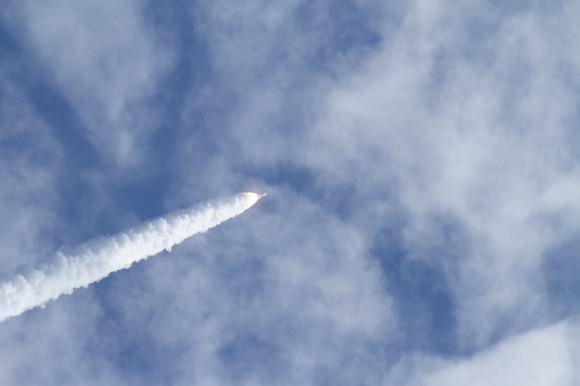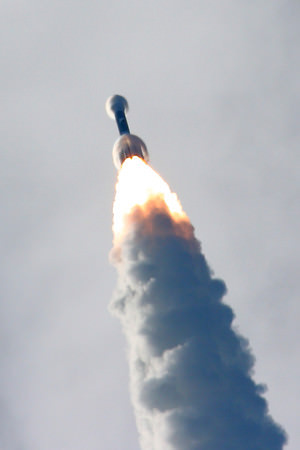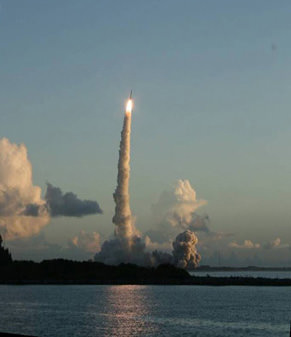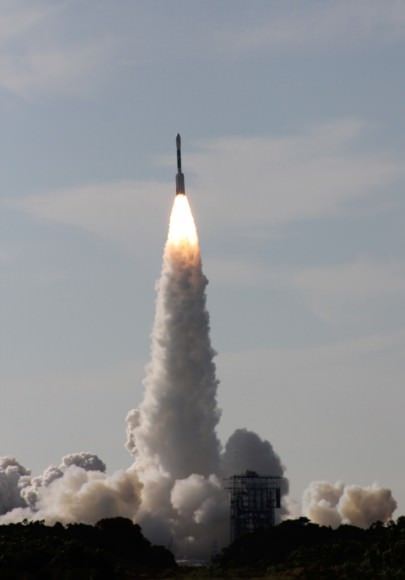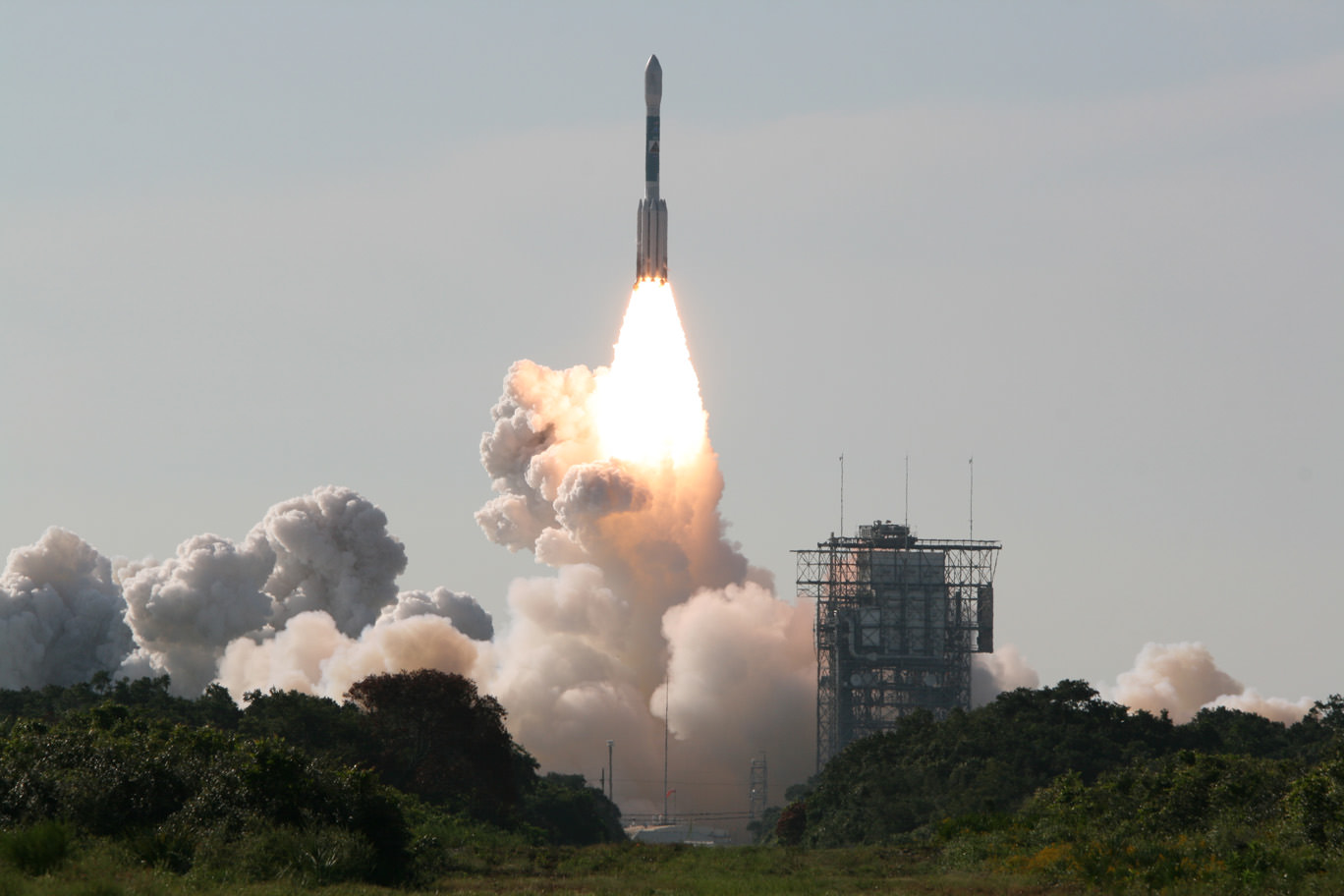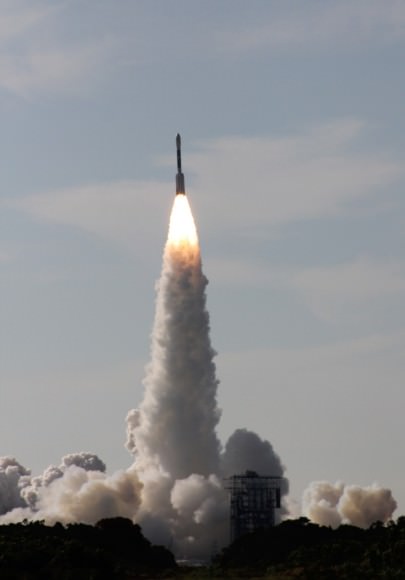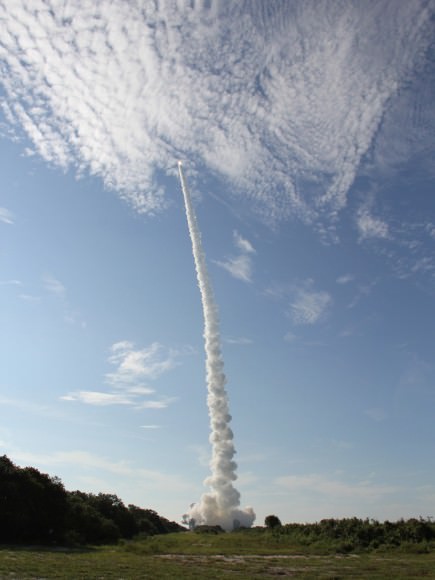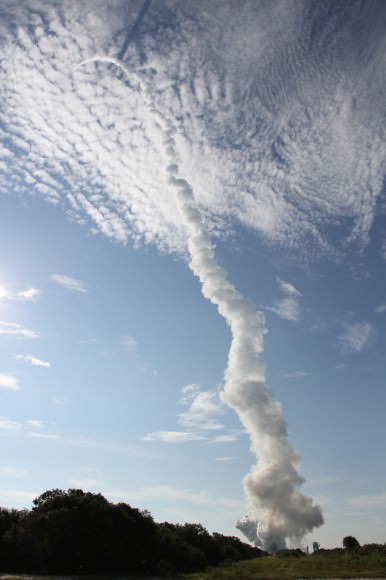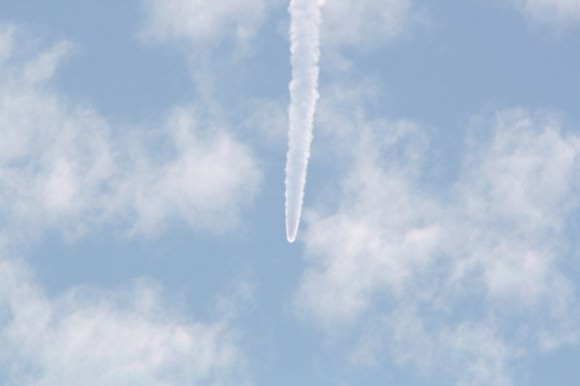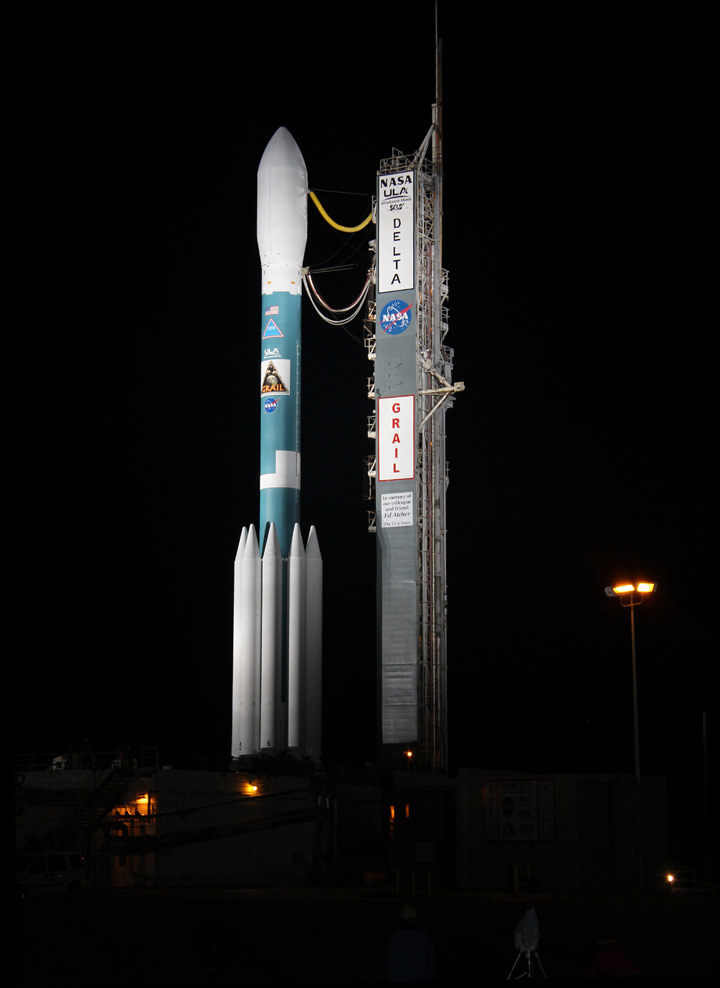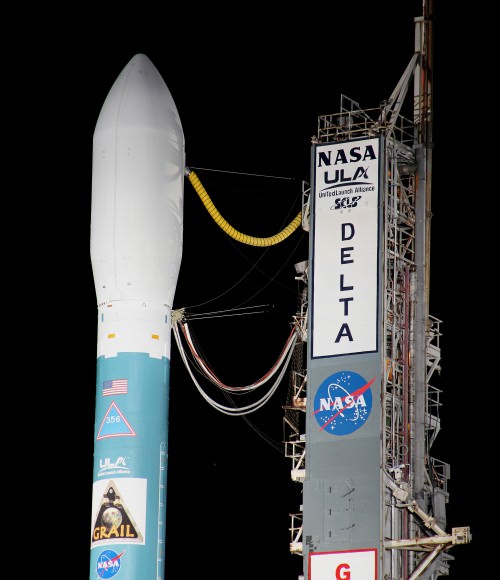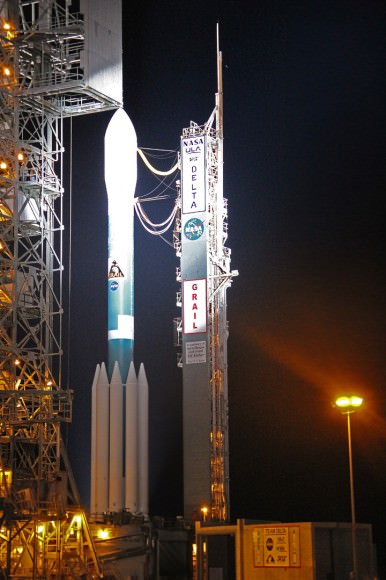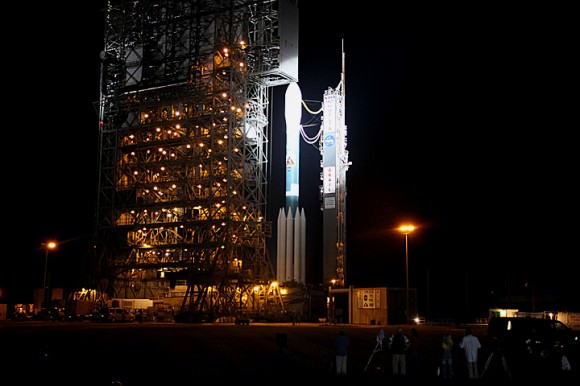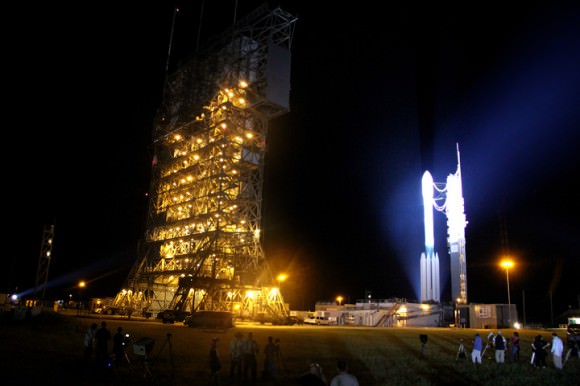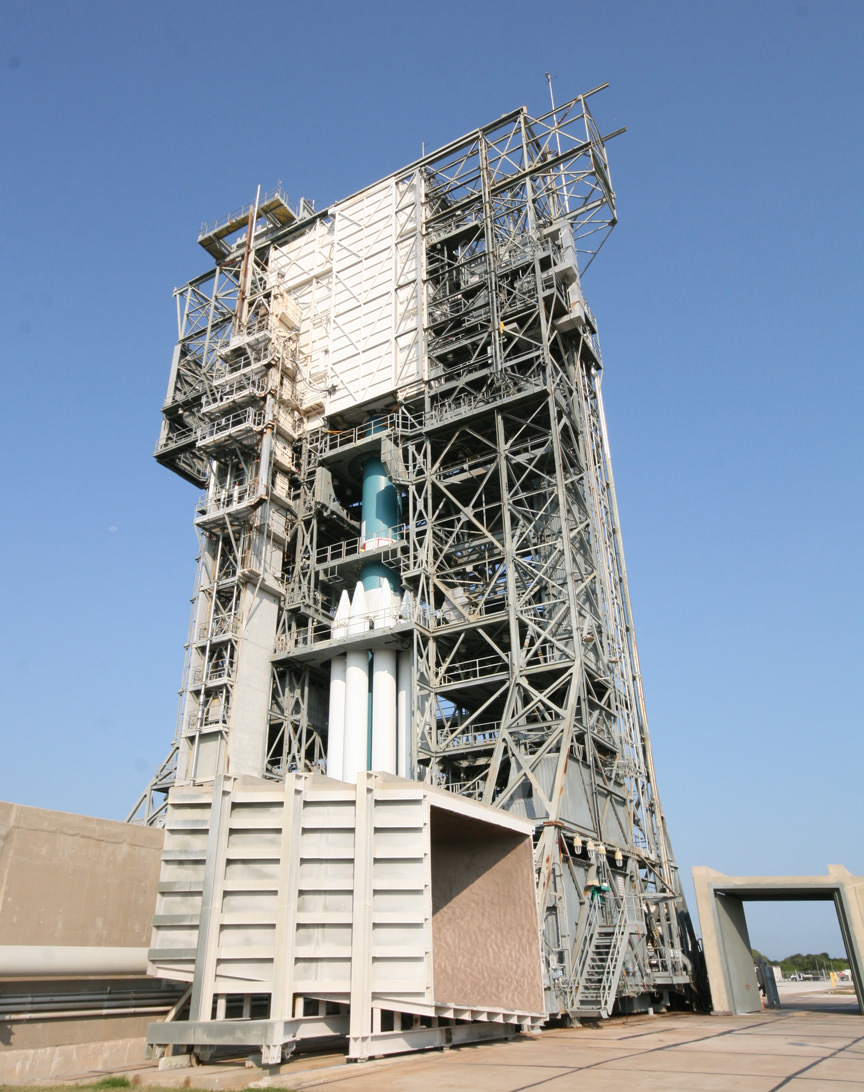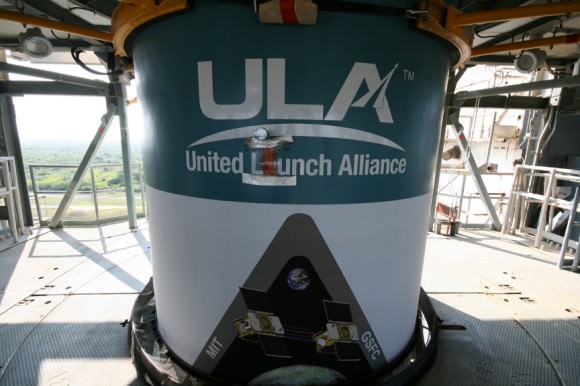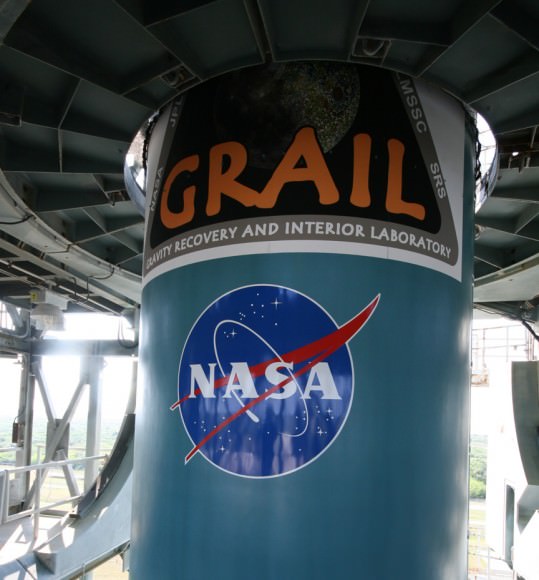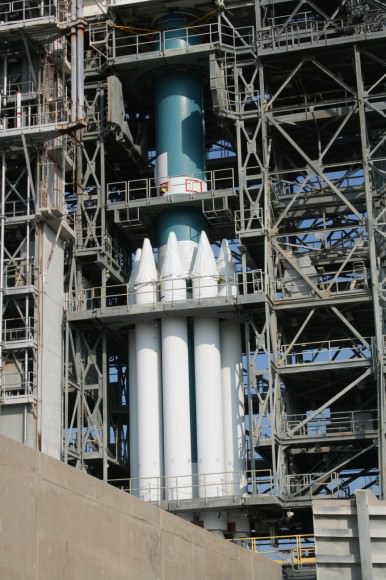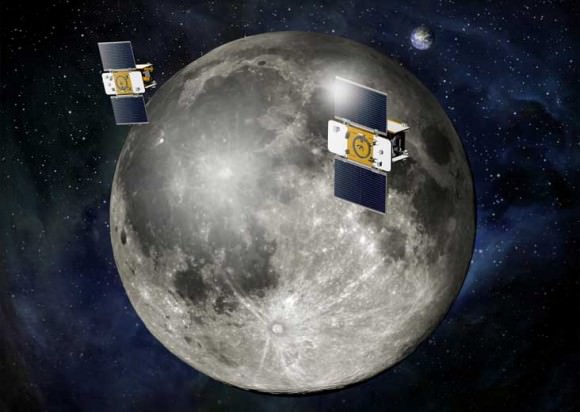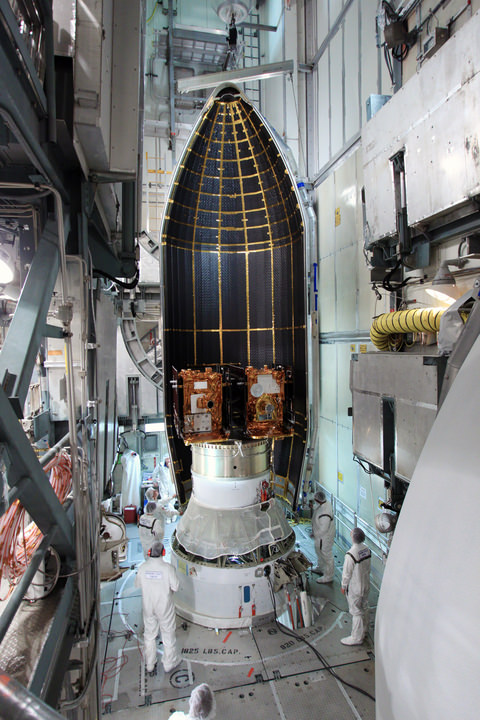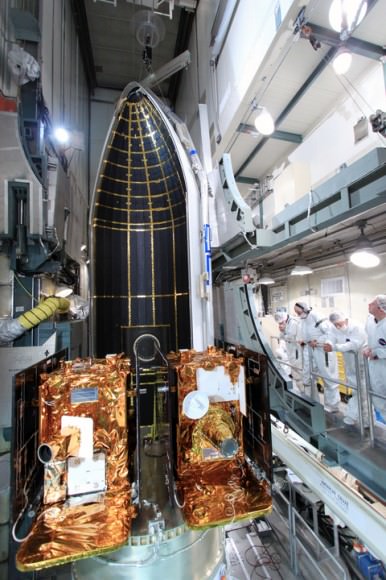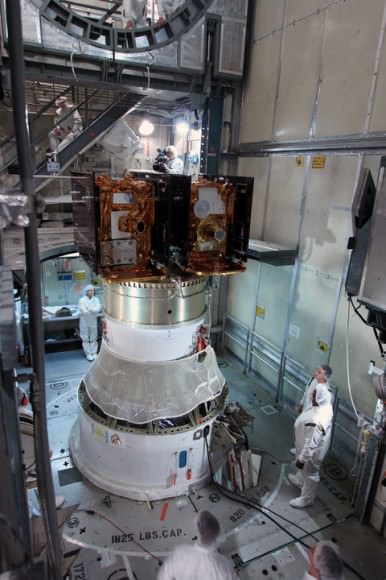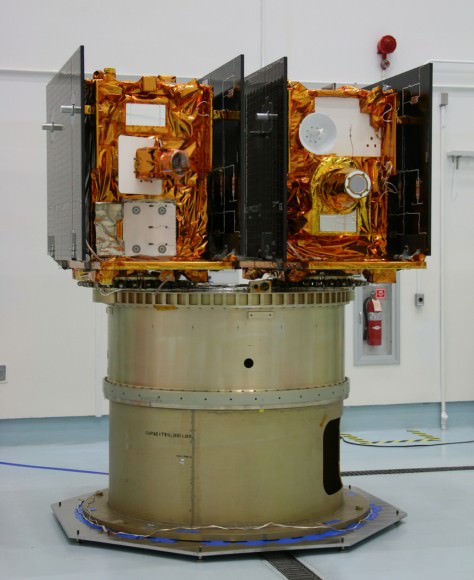[/caption]
Student Alert ! – Here’s your once in a lifetime chance to name Two NASA robots speeding at this moment to the Moon on a super science mission to map the lunar gravity field. They were successfully launched from the Earth to the Moon on September 10, 2011. Right now the robots are called GRAIL A and GRAIL B. But, they need real names that inspire. And they need those names real soon. The goal is to “capture the spirit and excitement of lunar exploration”, says NASA – the US Space Agency.
NASA needs your help and has just announced an essay writing contest open to students in Grades K – 12 at schools in the United States. The deadline to submit your essay is November 11, 2011. GRAIL stands for “Gravity Recovery And Interior Laboratory.”
The rules state you need to pick two names and explain your choices in 500 words or less in English. Your essay can be any length up to 500 words – even as short as a paragraph. But, DO NOT write more than 500 words or your entry will be automatically disqualified.
Learn more about the GRAIL Essay Naming Contest here:
Read all the Official Contest Rules here:
Download the Naming Contest Submission Form here:
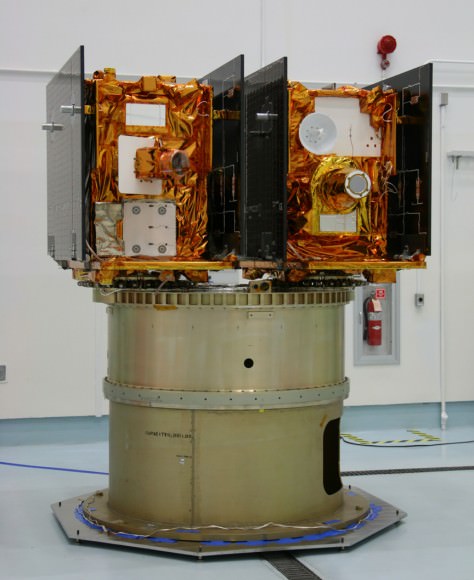
Write an Essay and name these twin Lunar mapping satellites. NASA’s twin GRAIL A & B science probes are now streaking to the Moon and arrive on New Year’s Day 2012. This picture shows how they looked, mounted side by side, during launch preparations prior to blasting off for the Moon on Sept. 10, 2011 from Florida. Credit: Ken Kremer
The GRAIL A and B lunar spaceships are twins – just like those other awe inspiring robots “Spirit” and “Opportunity” , which were named by a 10 year old girl student and quickly became famous worldwide and forever because of their exciting science missions of Exploration and Discovery.They arrive in Lunar Orbit on New Year’s Day 2012.
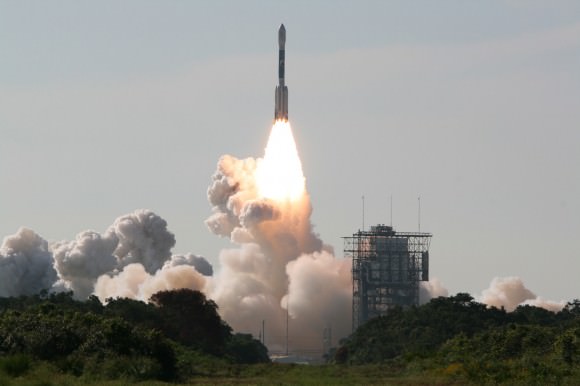
And there is another way that students can get involved in NASA’s GRAIL mission.
GRAIL A & B are both equipped with four student-run MoonKAM cameras. Students can suggest targets for the cameras. Then the cameras will take close-up views of the lunar surface, taking tens of thousands of images and sending them back to Earth.
“Over 1100 middle schools have signed up to participate in the MoonKAM education and public outreach program to take images and engage in exploration,” said Prof. Maria Zuber of MIT.
Prof. Zuber is the top scientist on the mission and she was very excited to announce the GRAIL Essay Naming contest right after the twin spaceships blasted off to the Moon on Sep 10, 2011 from Cape Canaveral in Florida.
What is the purpose of GRAIL ?
“GRAIL simply put, is a ‘Journey to the Center of the Moon’,” says Dr. Ed Weiler, NASA Associate Administrator of the Science Mission Directorate in Washington, DC.
“It will probe the interior of the moon and map its gravity field by 100 to 1000 times better than ever before. We will learn more about the interior of the moon with GRAIL than all previous lunar missions combined. Precisely knowing what the gravity fields are will be critical in helping to land future human and robotic spacecraft. The moon is not very uniform. So it’s a dicey thing to fly orbits around the moon.”
“There have been many missions that have gone to the moon, orbited the moon, landed on the moon, brought back samples of the moon,” said Zuber. “But the missing piece of the puzzle in trying to understand the moon is what the deep interior is like.”
So, what are you waiting for.
Start thinking and writing. Students – You can be space explorers too !
Read Ken’s continuing features about GRAIL
GRAIL Lunar Blastoff Gallery
GRAIL Twins Awesome Launch Videos – A Journey to the Center of the Moon
NASA launches Twin Lunar Probes to Unravel Moons Core
GRAIL Unveiled for Lunar Science Trek — Launch Reset to Sept. 10
Last Delta II Rocket to Launch Extraordinary Journey to the Center of the Moon on Sept. 8
NASAs Lunar Mapping Duo Encapsulated and Ready for Sept. 8 Liftoff
GRAIL Lunar Twins Mated to Delta Rocket at Launch Pad
GRAIL Twins ready for NASA Science Expedition to the Moon: Photo Gallery

